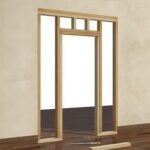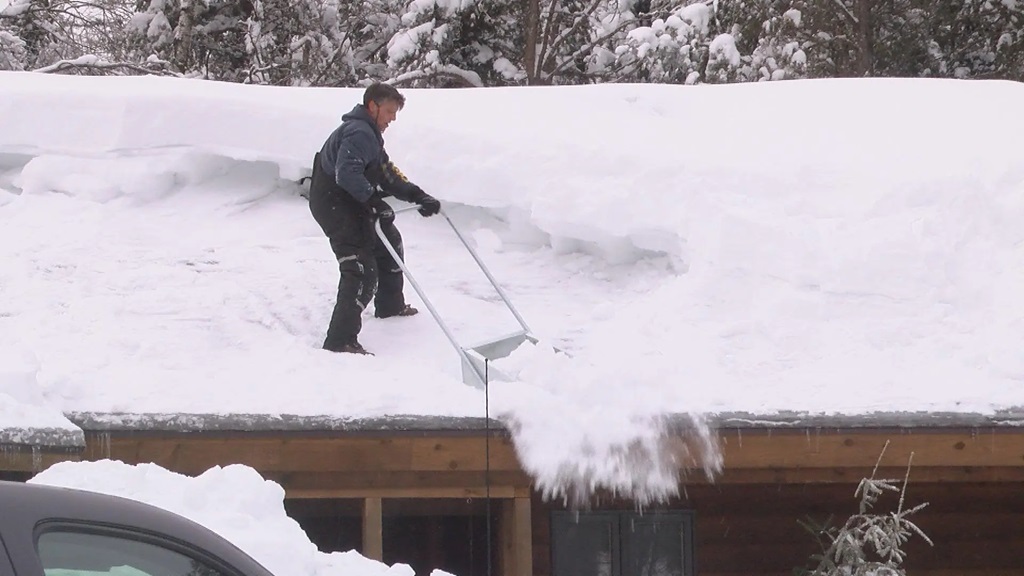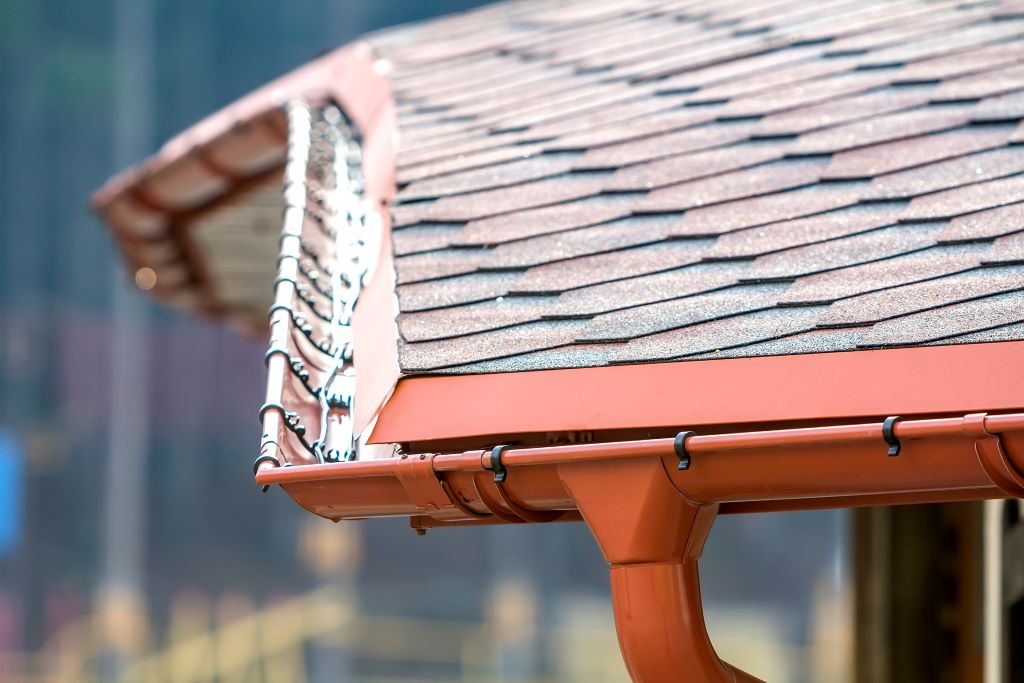When it comes to the design and construction of roofs, it is crucial to consider the amount of snow load that the structure can bear. Snow accumulation on a roof can exert substantial weight and pose a risk of collapse. To ensure the safety of your property, it is essential to understand snow load requirements and refer to a roof snow load chart.
What is a typical snow load for a roof?
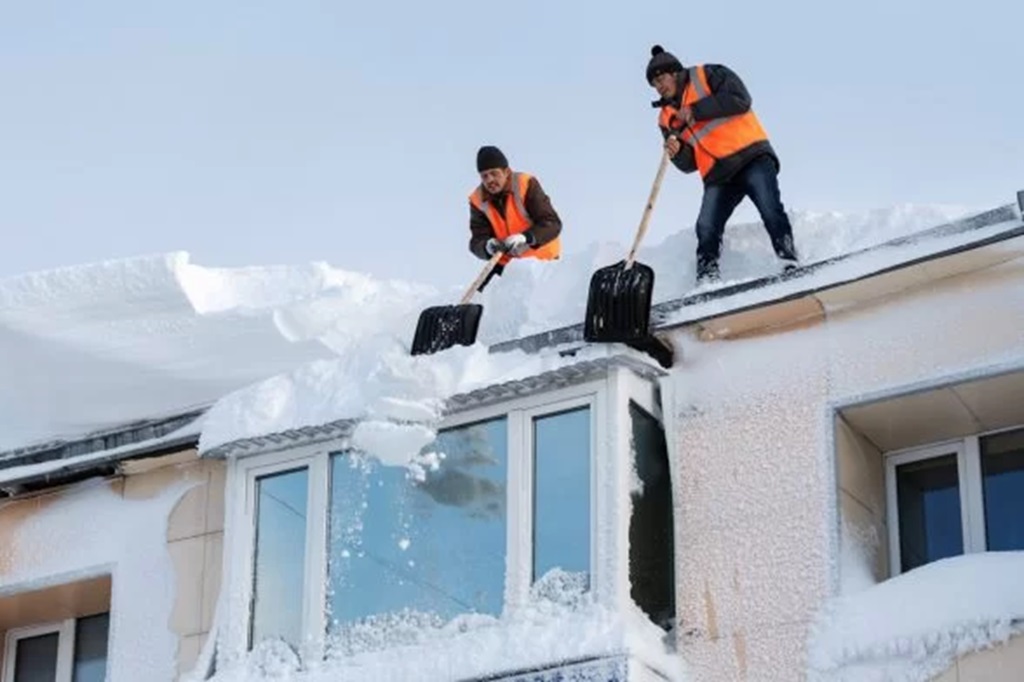
The snow load on a roof refers to the weight of snow that a roof must support. The amount of snow load can vary depending on various factors, including geographical location, climate, and the design of the roof. Different regions have different snow load requirements, and building codes play a vital role in determining the appropriate snow load for a specific area.
Consulting Building Authorities
Roof snow load charts are based on historical records for ground snow loads in a given location. However, it is crucial to consult the local building authority to ensure compliance with the applicable building codes. Local authorities have information regarding area-specific snow load requirements and can provide guidance on designing roofs that can withstand the expected snow load.
Understanding Snow Load Charts
Snow load charts provide valuable information for architects, engineers, and builders in determining the appropriate roof design to support the expected snow load. These charts typically contain data on snow loads for various roof slopes and factors to consider based on the design and location.
Using Snow Load Calculator
In addition to consulting snow load charts, it is also helpful to utilize online snow load calculators. These calculators consider factors such as roof slope, geographic location, and design parameters to determine the approximate snow load. By inputting specific data, you can easily calculate the estimated snow load your roof needs to bear.
The Importance of Roof Pitch
When it comes to heavy snow load areas, roof pitch plays a crucial role in preventing snow buildup and reducing the risk of roof collapse. Roofs with steeper pitches allow snow to slide off more easily, reducing the overall weight on the structure. Designing roofs with the optimal pitch for heavy snow load areas is essential to ensure the safety and longevity of the building.
Ground Snow Loads for the United States
The United States follows guidelines provided by organizations such as the American Society of Civil Engineers (ASCE) to determine snow load requirements. These organizations compile data on ground snow loads, which serve as the basis for calculating snow loads for different regions. A design snow load map is often used as a visual representation of these requirements, allowing builders to easily identify the snow load for a particular area.
Roof Safety and Snow Load Considerations
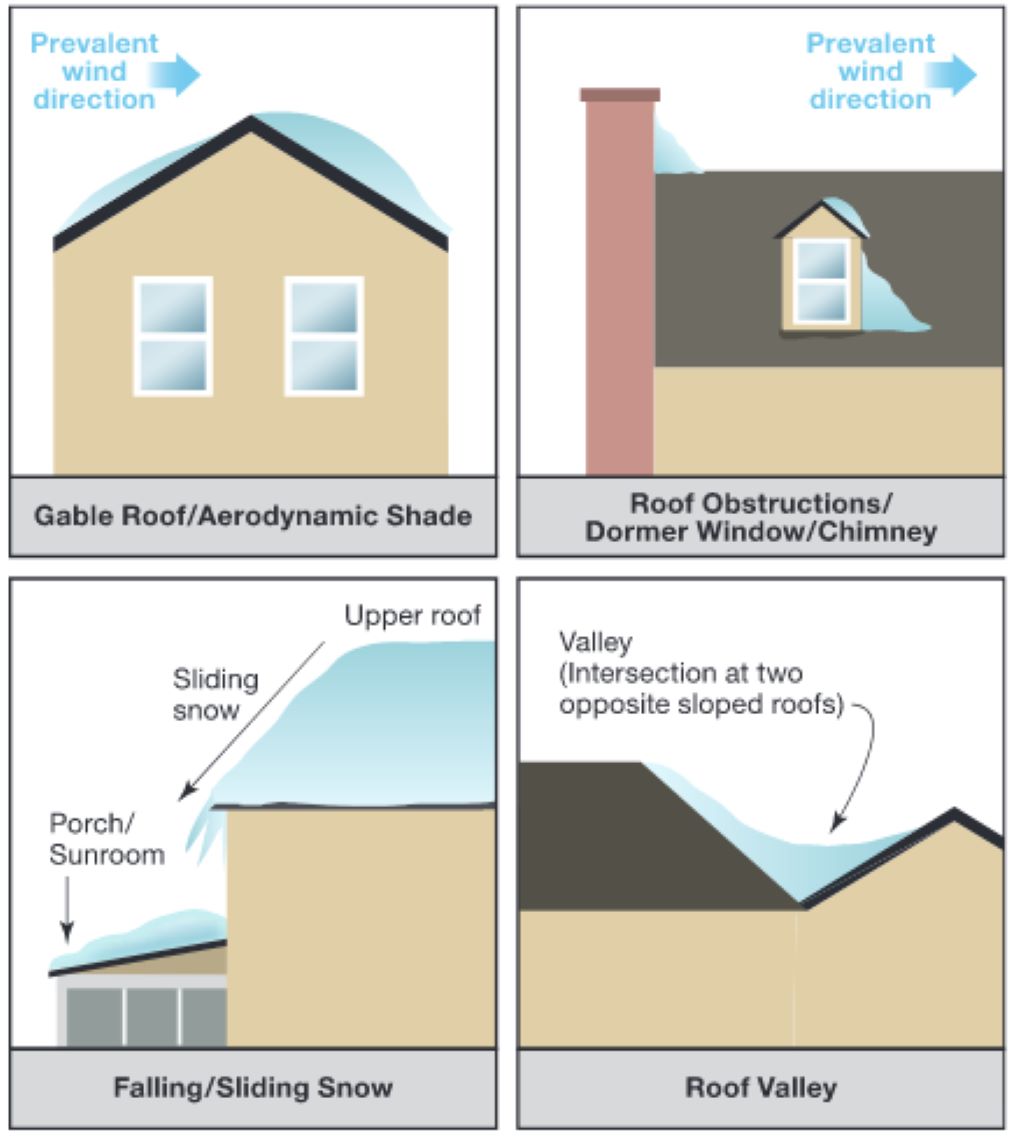
Properly understanding and accounting for snow load is crucial for the construction and maintenance of roofs, especially in areas prone to heavy snowfall. By referring to a roof snow load chart, consulting with local building authorities, and utilizing snow load calculators, you can ensure that your roof is designed to withstand the weight of snow and minimize the risk of collapse.
Remember, the safety of your property and the people within it should always be a priority, and considering snow load requirements is a critical aspect of roof design and construction.
Frequently Asked Questions Of Roof Snow Load Chart: Expert Guide & Calculations
What Is A Typical Snow Load For A Roof?
A typical snow load for a roof varies depending on the location. It is determined by the historical records of ground snow loads. Local building authorities should always be consulted for accurate information.
How Much Weight Can My Roof Hold Of Snow?
The weight that your roof can hold depends on various factors, including its design, condition, and geographical location. It is recommended to consult the local building authority to determine the exact snow load requirements for your area. Roof snow loads are typically based on historical records for ground snow loads.
Considering the importance of safety, it’s crucial to adhere to the local building codes to ensure that your roof can withstand the weight of snow accumulation.
Is A 4 12 Roof Pitch Good For Snow Load?
A 4/12 roof pitch may not be ideal for heavy snow loads. It is important to consult with local building authorities to determine the appropriate roof pitch for your specific location. Remember that roof snow loads are based on historical records, but it’s always best to seek professional guidance to ensure your roof can withstand snow accumulation.
What Is The Best Roof Pitch For Heavy Snow Load?
The best roof pitch for heavy snow load depends on various factors such as the specific location and local building codes. However, a steeper roof pitch, typically between 40-60 degrees, is generally recommended to allow snow to easily slide off.
It is important to consult with a local building authority to determine the appropriate roof pitch for heavy snow load in your area.
In conclusion, mastering the roof snow load chart with our expert guide and precise calculations is the key to safeguarding your roof’s structural integrity. Prepare for winter confidently, ensuring your property can handle the snow load effectively with roof snow guards, strategically placed to protect your property from snow damage. Don’t leave it to chance—empower yourself with knowledge for a secure and worry-free winter season.


